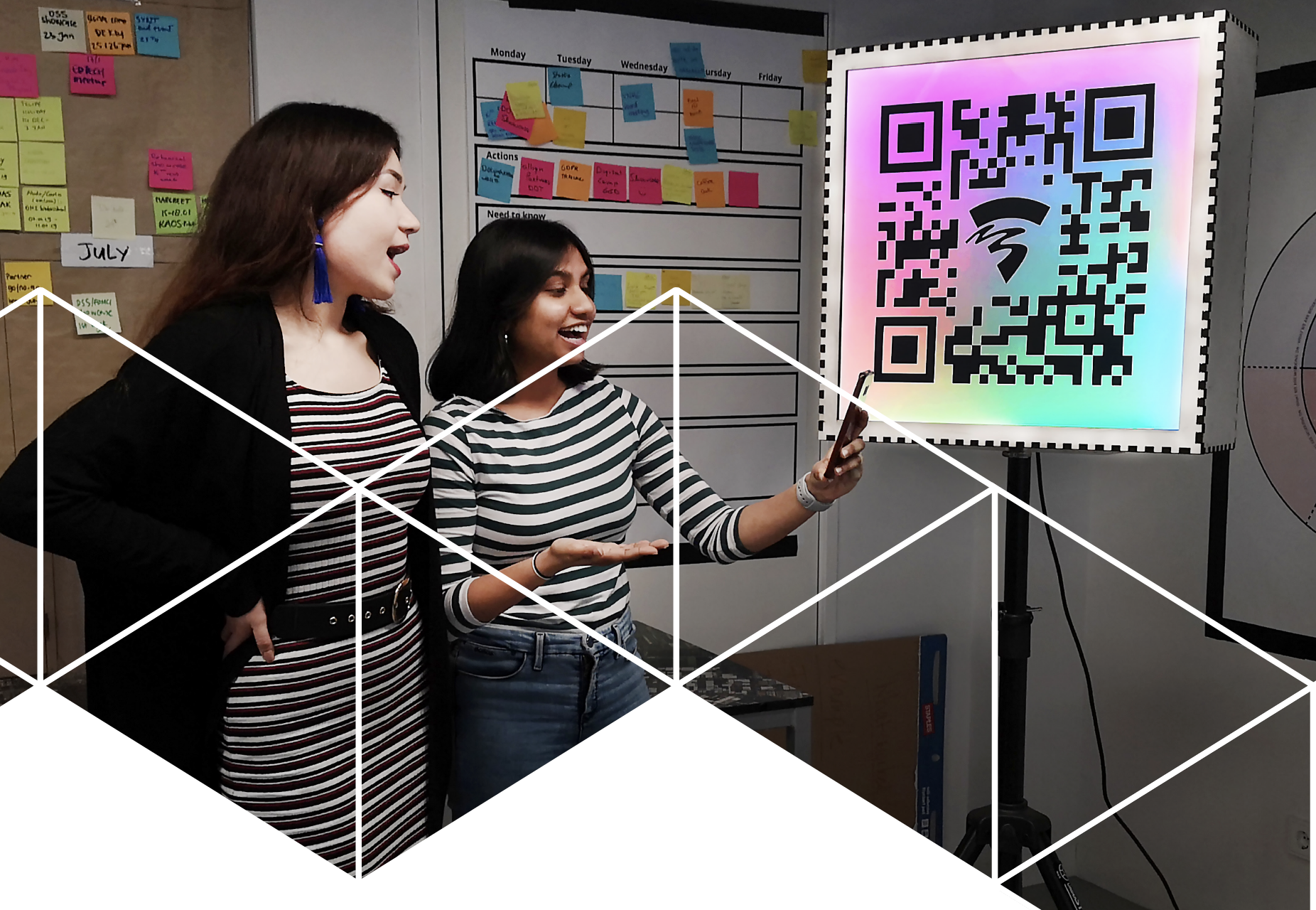Project
Smart Campus
How to use IoT to connect people and space on the campus of the future?
Data from Europe and the United States has shown that the funding universities receive from the government can not keep up with the growth of the number of students. Against this backdrop, less budget allocated to infrastructure like housing allows more money to be spent on education and research. In order to maximise the efficient and effective use of space, universities are adopting pervasive sensing technologies to provide real-time occupation information to help users to find suitable spaces. As one of the members going through this digital transformation to become a ‘smart campus’, Amsterdam University of Applied Sciences (AUAS), where this project takes place, is currently in the process of implementing a ‘smart building’ application that can be used for both room booking and monitoring real-time occupancy of space. The measured occupation rate, unfortunately, yields little insight into how space is used and what people wish for in that space.
By far in AUAS, there is no formal method to obtain knowledge about the actual use of facilities and gather feedback from campus users timely and directly. When it comes to making relevant decisions, the requests from faculties have to go through their representatives discussed along with other attendees like the student council representatives and the board of the university. It is not hard to imagine that by the time the requests are resolved, how many will still remain relevant.
Inspired by the act of ‘writing on walls’ as a way of eliciting civic engagement, we propose a design of a participatory feedback gathering system aiming to engage the campus community in co-creating the campus space. Our prototype combines a physical object’s affordance to attract attention with an internet forum to gather feedback and enable interactions with other users and managing department. More specifically, we designed and made a dynamic QR code display as the physical trigger to attract attention. We chose the format of a QR code because it can be scanned easily from a distance by multiple users simultaneously using current mobile devices, which lowers the threshold for participation. The LEDs create immediately visible information regarding room use, which can then be accessed, and added to, by scanning the QR code by all campus users. The abstract color patterns can be viewed as a form of informative ‘digitally augmented graffiti’. After scanning the code, the campus user will be directed to a website. The first screen asks the question about the use of space, the answers to which are numbered and color-coded corresponding to the LED colors. After selecting an answer, a pie chart visualization of all data gathered so far is shown on the screen and the QR code lamp display is updated accordingly. Following the closed-ended question, the user can access the virtual wall to see written feedback produced by other users, users can either choose to respond to others’ writings by adding comments or ‘likes’, or post their own ideas and feedback
By engaging the campus community in sharing their feedback on the use of spaces and facilities, we hope to encourage them to explore and co-create the campus space where they go about their daily activities. In doing so, we hope to cultivate a more connected campus environment, in which one is not only more aware of the things and people around but also able to influence the relevant decision-making process.
This project focuses on Sustainable Development Goals:

To know more about this project:
Report Research findings smart campus (pdf)
On Medium:
What’s a Person Like You Doing in a Place Like This?
Project Smart Campus — Co-create your Campus, Make it Yours!



